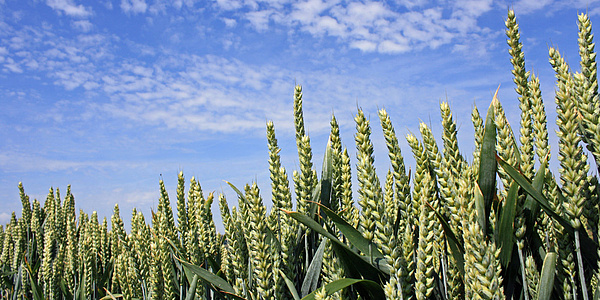New Measurement Method Proves: Wastewater Treatment Plants Remove more than 95 percent of Microplastics

TU Graz, TU Wien and the Environment Agency Austria have developed a method to determine microplastics in the in- and outflow of sewage plants, and demonstrated their high elimination performance.









